An Instrument of the Command.
Introduction.
The center of gravity is not an own physical unit, nor is its mission, neither a point in space or one with a predominant physical characteristic or an enemy unit.
The center of gravity is a coordinated flow of ideas of variable application, that generate original actions for fulfilling the mission and objectives. Originality, flexibility, variability, consistency, difficulty to predict by the enemy and effectiveness are essential to its establishment. Actually, the center of gravity is the instrument of direction, distribution and concentration, impulse and work. That the command has to focus on and unify, with the goal of accomplishing objectives and missions, and employing the efforts of his subordinate units and supports.
The chief is centered in his objectives and missions by means of the created center of gravity and follows a methodology for applying the operational systems.
The Efforts Concentration.
As far as concentration goes, the so called “principal effort” expresses an effect of penetration in a given direction and a sense of being able to arrive at the rupture and exploit it. The combined-arms and aerial efforts of the units are concentrated on this.
The center of gravity has a more spatial and temporal sense, looking for an “operational convergence” of “related efforts” towards an objective. Those are not necessarily contiguous, simultaneous or sequential, but are synergic and result in outcomes based on consideration of the optimal form (means economic) of action of each weapon and service.
The center of gravity is more global or holistic; the main effort is more adding and cumulative. The main effort is exemplified by the hammering strategy of French Marshal Foch on the European western front beginning in the summer of 1918. This strategy was used to overcome the Germans purely by eroding their battle capacity in the theater of operations. And only shifting its direction when German resistance was excessive.
The effects of the main effort are more direct, predictable and evident. Those of the center of gravity are more subtle and unexpected, at least in the first phases of a military action.
The main effort is an instrument of the tactical level and is not necessarily generalized to the other levels. The center of gravity can be used in all dialectical activity where several means (either in number or in nature, near or distant) can be used. Within each level of military activity, beginning with the superior one, the center of gravity brings together and harmonizes all activities to obtain the most important effect or objective of that level.
Developing.
At the strategic level, these would be the critical vulnerabilities of the enemy within the theater of operations. The nature of these would be informed by an important political component. At operational level the center of gravity would be created over the critical vulnerabilities of the campaign. At tactical level it would be the objective that would make operational transcendental the battle. If this was correctly addressed, as necessary for the operational direction, the objective would be that which would be decisive in the battle and get the exploitation of victory.
The center of gravity supposes a centripetal action of all the lines of performance, of the ramified activity of all the units and the services, not necessarily coincident, but convergent in their efficiency and result.
Following the communications ramified lines, we take advantage of the departure situation of each force and the transitability of the land, looking for the optimal use of the combined-arms set, reserves and logistics. By means of the different lines of attack or action we induce uncertainty in the enemy, we disperse his defensive capacity and disturb his plans for, and execution of, defense.
The ramified lines, in a final centripetal action, are peculiar to the center of gravity. The accumulation of forces in a sector, reiterating (inserted or successive units) or strengthening (adding tanks, narrowing the sector or providing greater fire support) the effort, is peculiar to the concept of the main effort.

An example of the use of the center of gravity following those ramified lines at the strategic level, is found in Napoleon’s operations to secure the surrender of Ulm held by the Austrian army of General Mack and Archduke Ferdinand.
In an ample advance of its independent army corps, the Great Armée (about 210,000 men) crossed the center of Germany, from the Rhein to the Danube. With this it operationally interposed between the Austrians (about 40,000 men) and the allied Russian forces that went to help them. The French initiated the crossing of the Danube on October 7, 1805 and, during the following week, Napoleon converge most of his army corps in an enormous spiral on Ulm. While a sufficient force watched the arrival from the east of Russian General Kutuzov.

General Mack made, in vain, several attempts at rupturing through Napoleon’s forces, applying his greatest efforts in Haslach and Elchingen. Both Austrian commanders quarreled among themselves and Archduke Ferdinand, with his 6,000 riders, separated from the main force and tried to escape to the northeast.
On the other hand, General Mack and the rest of his men (about 27,000, after the mentioned battles) met Napoleon’s overwhelming numbers at the doors to the city of Ulm since October, 14 and laid down their weapons at the feet of the Michelsberg mount. The capitulation was signed by General Mack on the 20th. The forces of Archduke Fernando were surrounded and won by the cavalry corps of Murat near Trochtelfingen. Another 12,000 Austrians surrendered in Neustadt. The campaign, without properly battles, cost Austria more than 50,000 men of her initial forces of about 70,000 troops.
The center of gravity directs, canalizes, gathers and orients the creation and the direction of the strike of different units and supports in each case. Its shift by the command allows the continuous adaptation to circumstances and the maintenance of focus on intermediate aims.
The center of gravity has as effective factors the speed of operations and logistics. The first allows optimal actuation of the combat capacity of forces and the second diminishes or compensates for the inevitable wearing down of the mobility capacity of troops and posible combat capacity during operations.
Its negative factors are poor transitability, including caused by obstacles, cuts and minefields, and battles command did not wish to engage in. The first “wears away” the operational mobility of the troops and the second “exhausts” their potential combat capacity.
Without those capacities, the fluidity, synergy and the ramified activity of thecenter of gravity tends to revert in a main effort in an operational direction that is quickly known by the enemy. So, the “stunning waves” that are generated on the enemy, cross-sectional to our advance in his operational zone, diminish with it in intensity and frequency, perhaps in the end, even disappear.
The direct elements of performance in the center of gravity are the combined-arms sets, the own and superior level of reserves (even including those in the mass of support or operational rearguard) and logistics. Once the center of gravity is conceived, it is applied and developed by means of the operational systems.
The Development and the Future.
The Hybrid War, a scolium?
Well, but this concept for command can be useful for the wars of I, II, III and IV generation (according to the US denomination, widely «accepted»). But, now we approach the era of the war of V generation: the hybrid or miltifacetic or multifunctional war.
Employing, in addition, digital, computer methods, using the precision and discrimination that allow mathematical algorithms and the technology of radiations and electromagnetic pulses.

But it is just that this model of dialectical confrontation with its variable component of physical strength, needs a harmonious and holistic integration of the available multidisciplinary means. By focusing them on achieving different objectives simultaneously or successively, that we want to achieve. And preserving the universal principle of optimization and saving means.
(TO BE CONTINUED)






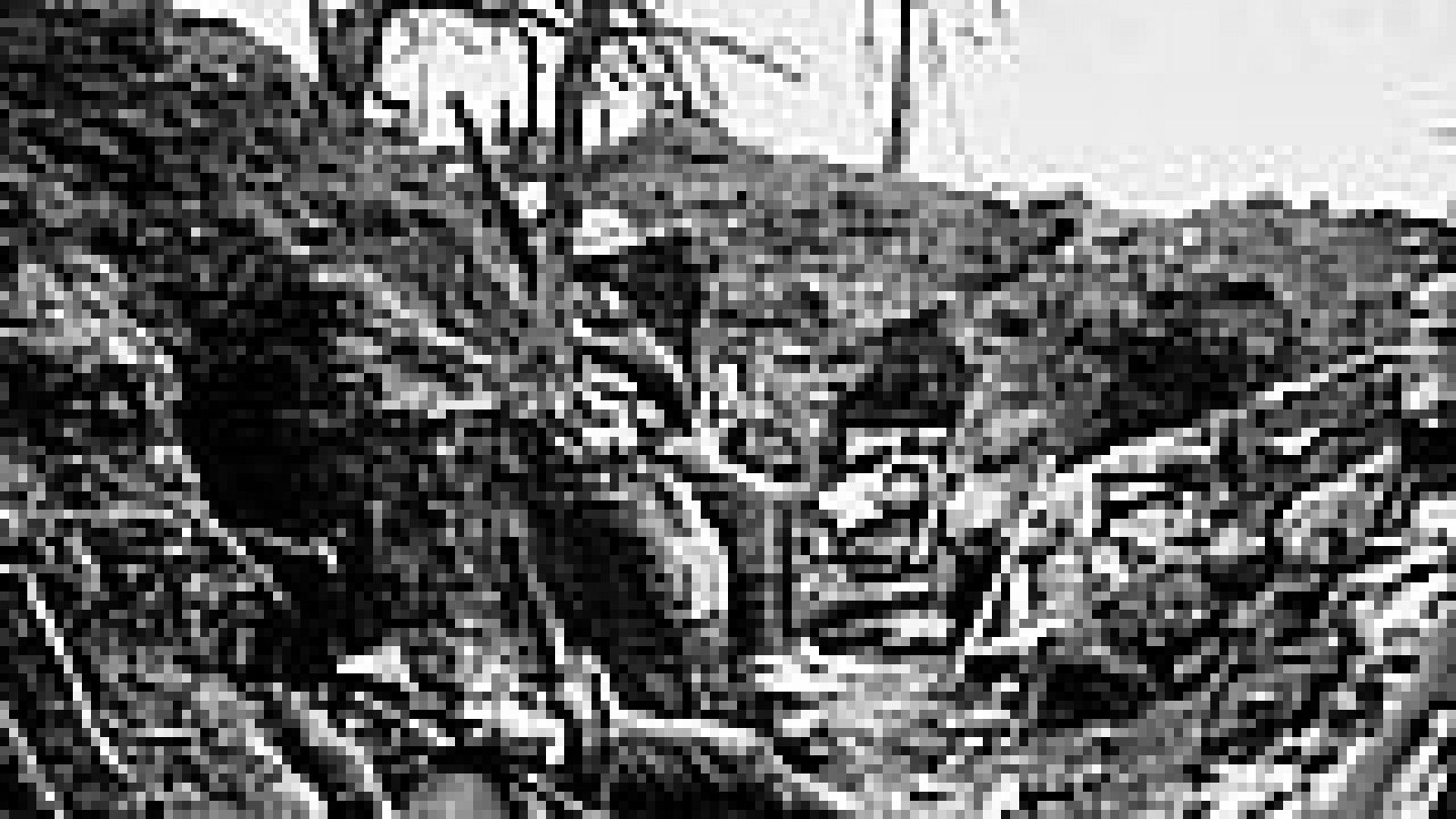

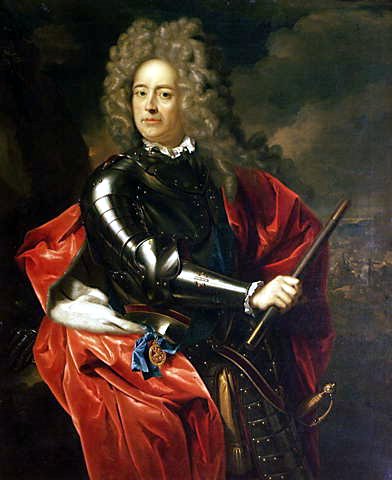
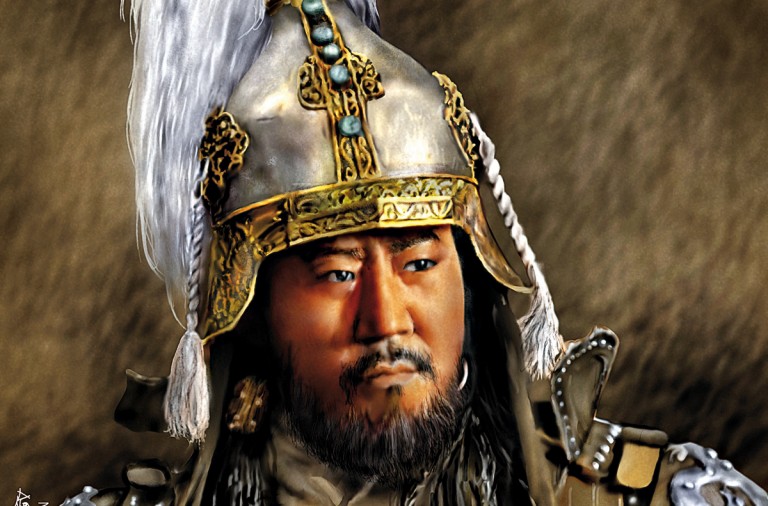


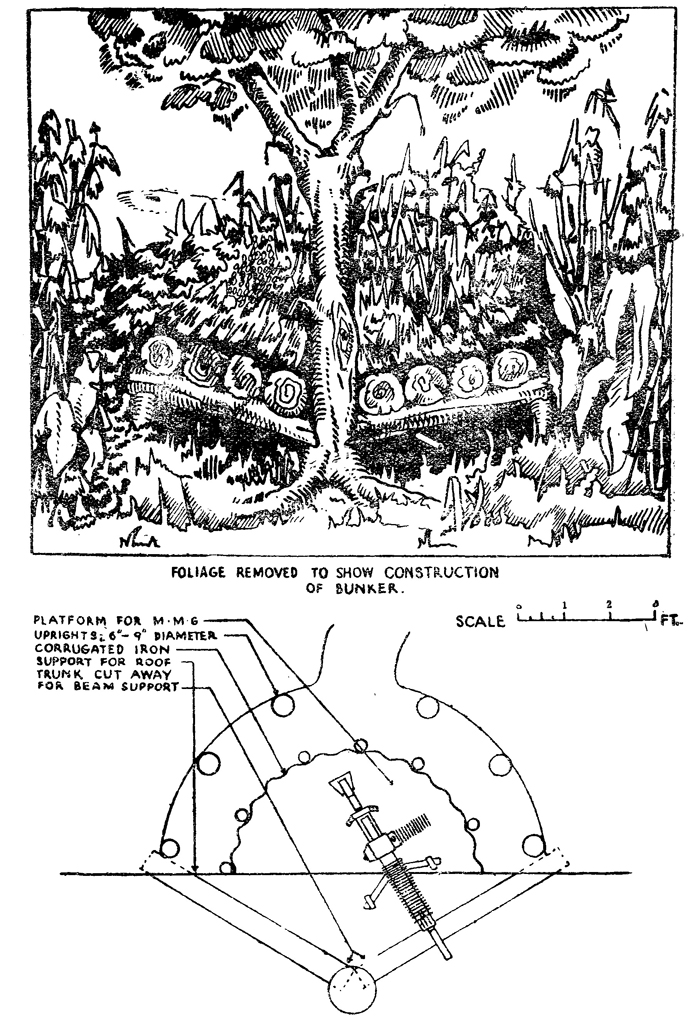



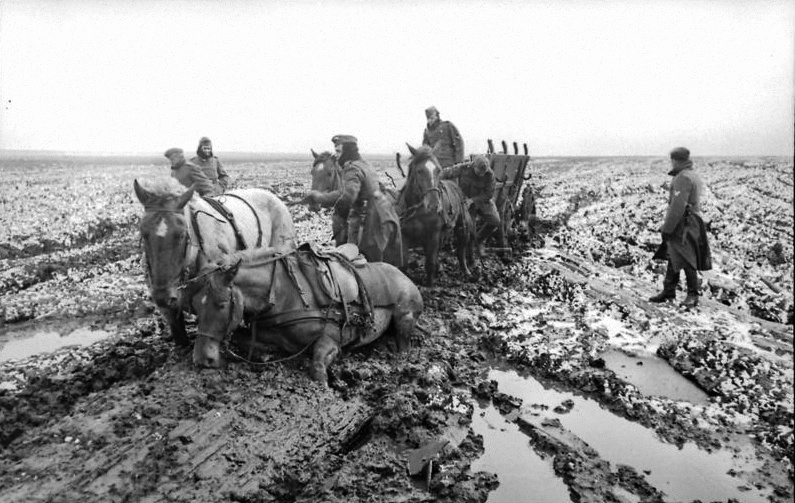 Country wagons moving forward in a huge Russian plain…
Country wagons moving forward in a huge Russian plain…

 A Panther from the 11th panzer division circa summer 1943
A Panther from the 11th panzer division circa summer 1943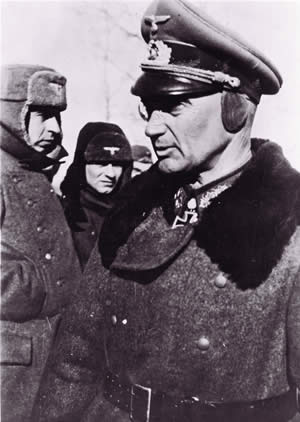 Colonel General Walther Model.
Colonel General Walther Model.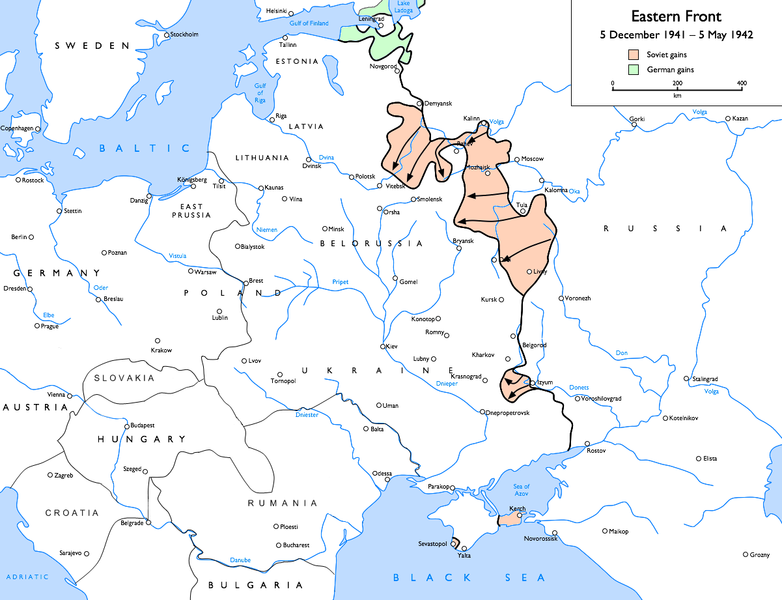 The Rzhev’s projection was formed after the Soviet counter-offensive in defense of Moscow.
The Rzhev’s projection was formed after the Soviet counter-offensive in defense of Moscow. SECRETARY MR. MONTORO.
SECRETARY MR. MONTORO.

 MR. MAYOR OREJA.
MR. MAYOR OREJA.